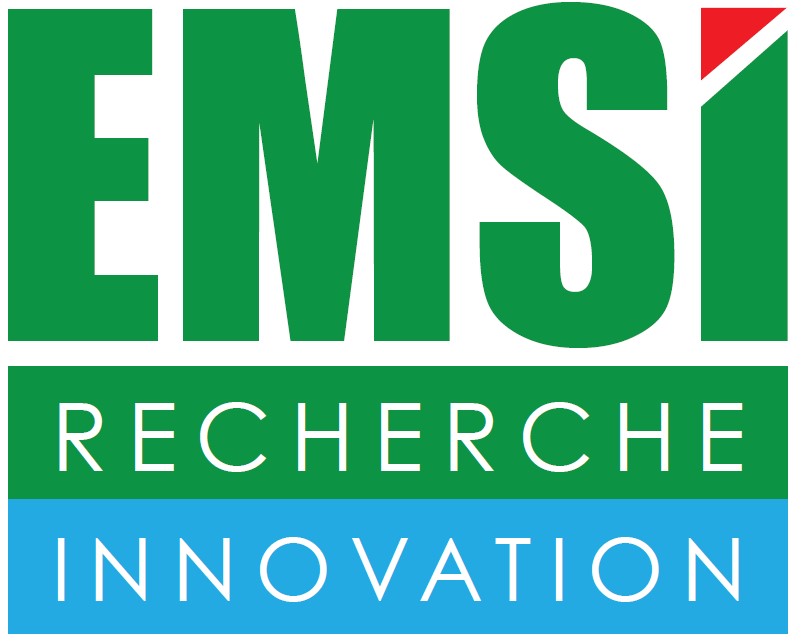

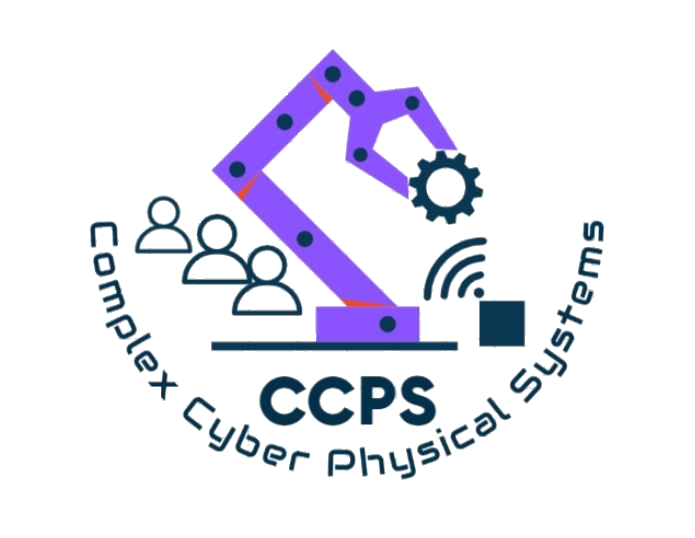

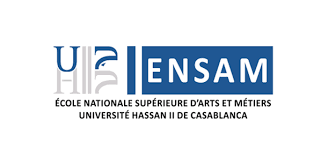


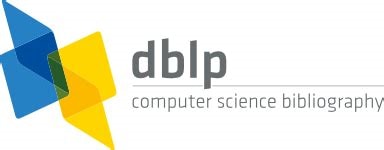
Co-organized by CCPS laboratory and Hassan II University of Casablanca
will be held during January 29-31, 2026 in Marrakech, Morocco. SADASC’26 will bring together researchers and industry professionals contributing towards different phases of designing, exploiting and maintaining Smart Cyber Physical Systems and their Applications. These phases include requirements engineering, data acquisition/cleaning, storage, deployment, exploitation, and visualization. Designing these systems also has to consider issues such as ethics, security and privacy. CCPS’2026 follows the success of the Agadir (2016) , Casablanca (2018) , Marrakech (2020) Marrakech (2022) and Tangier (2024)








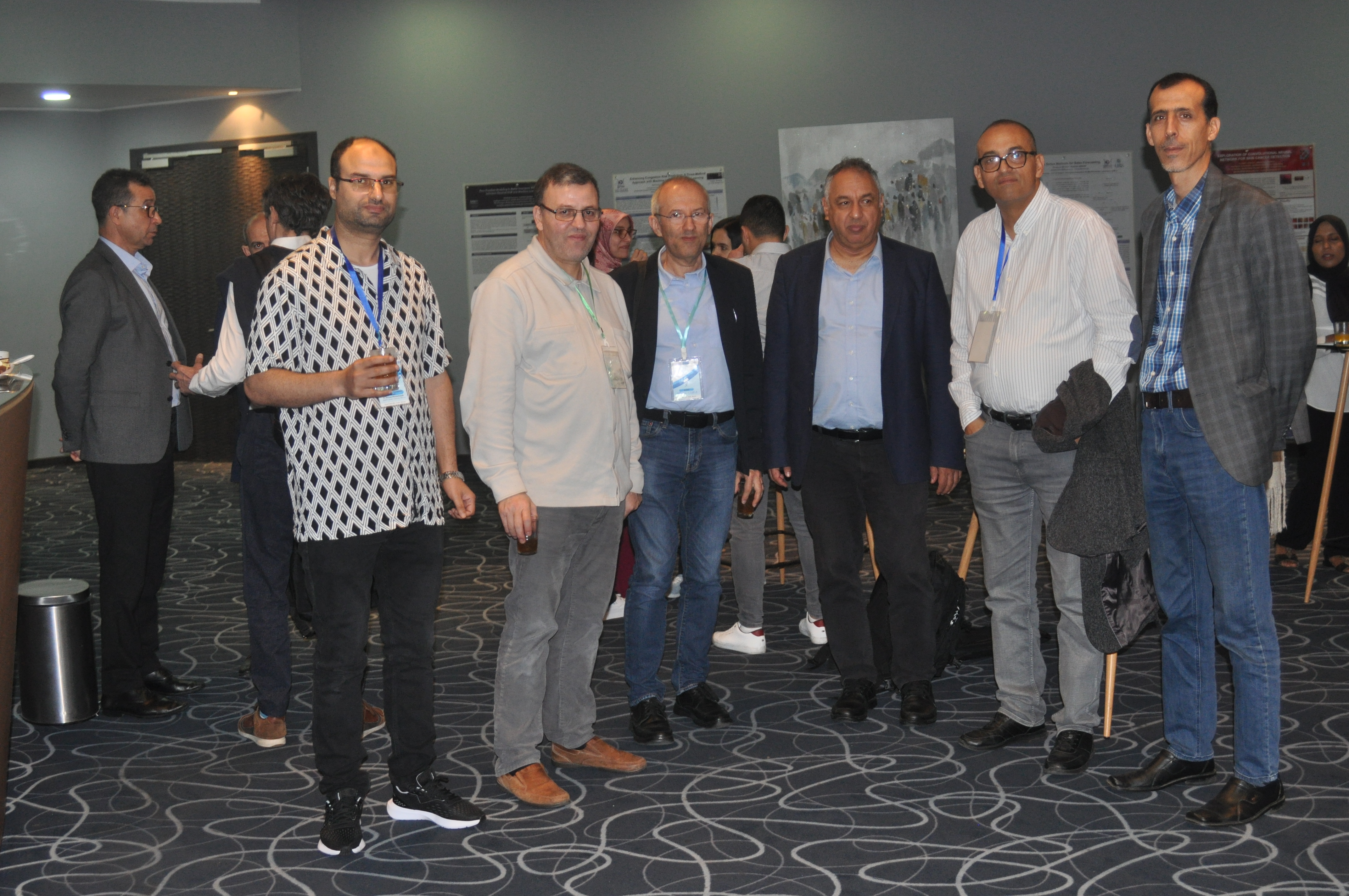
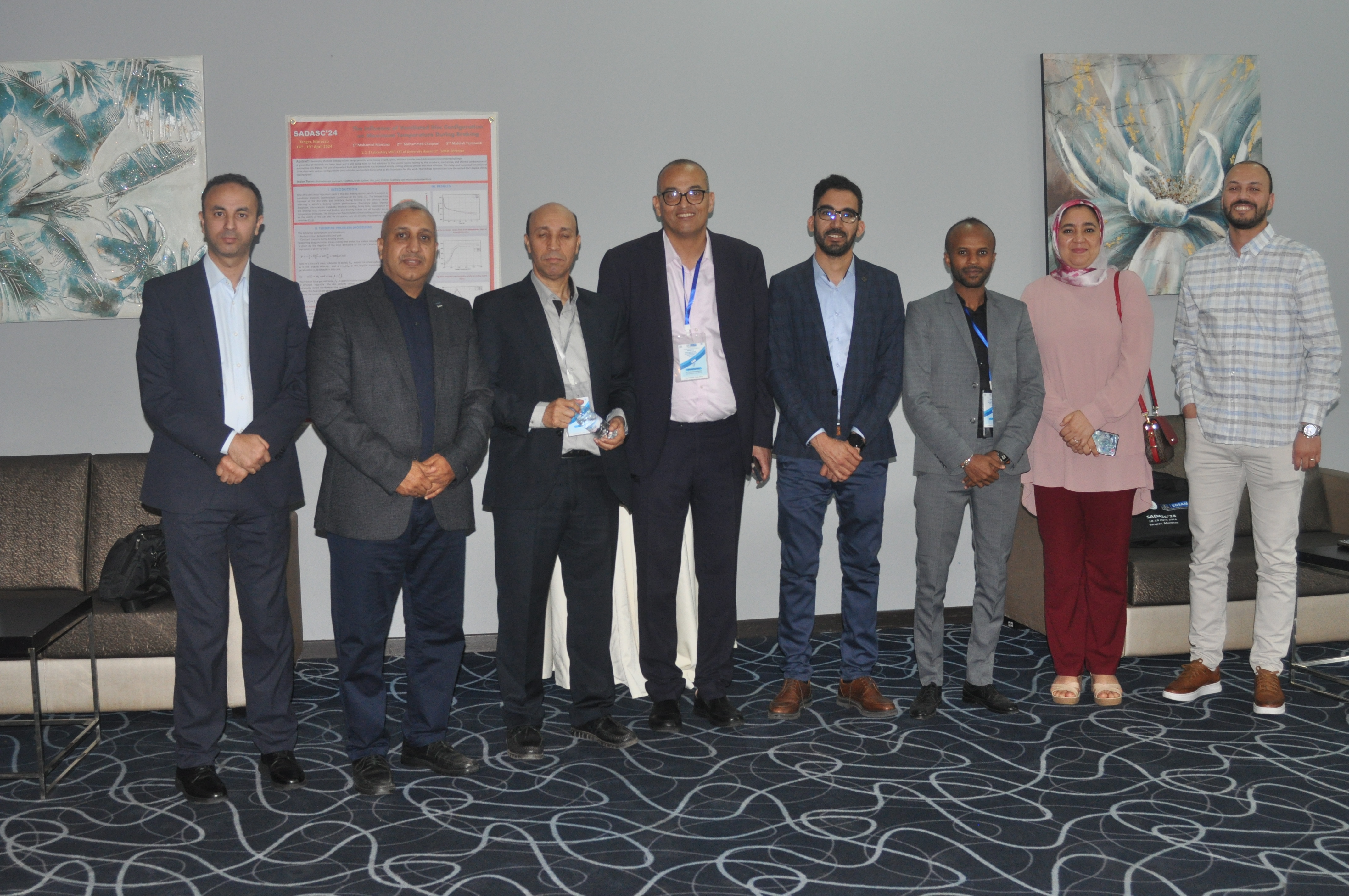
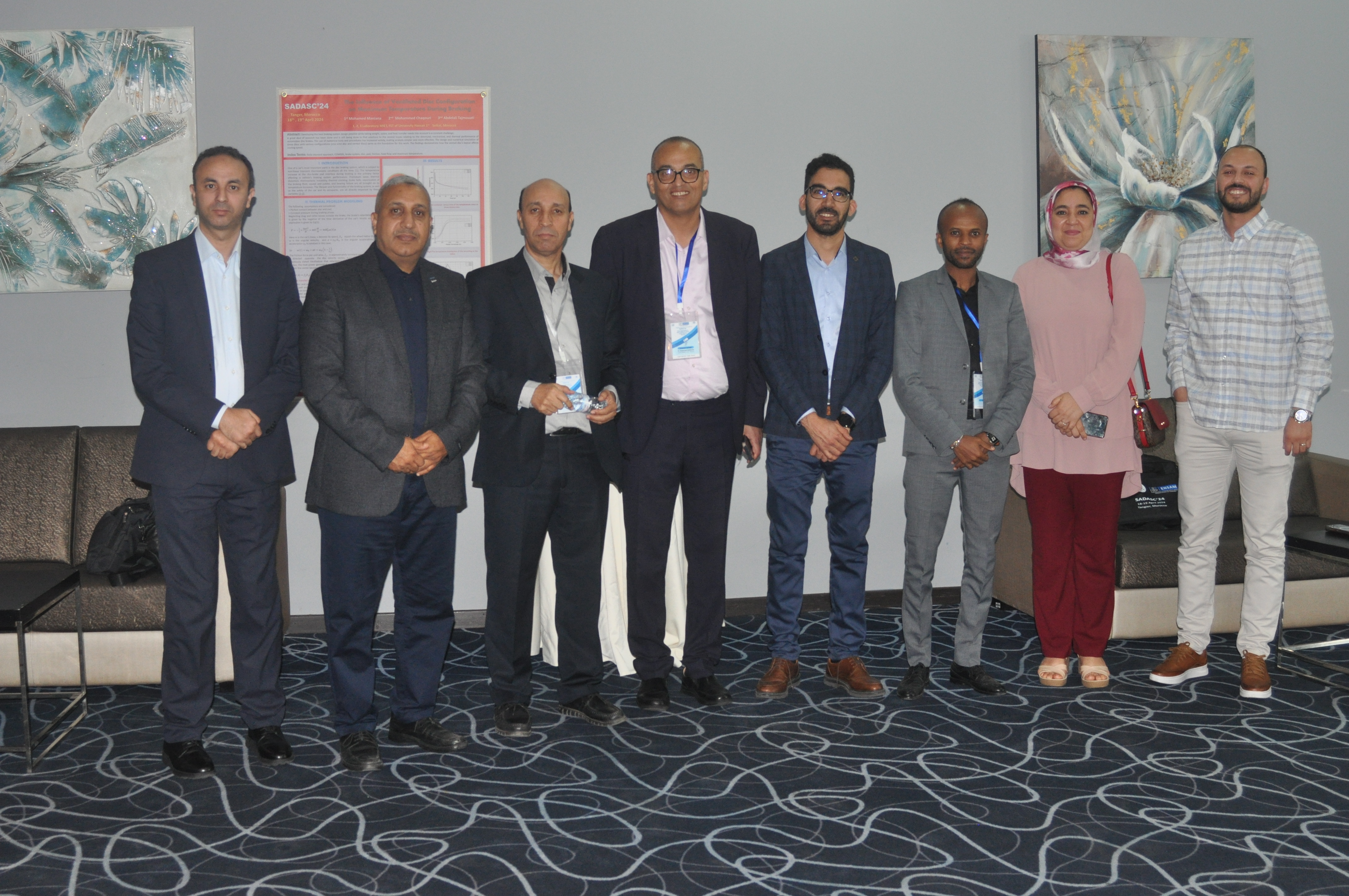
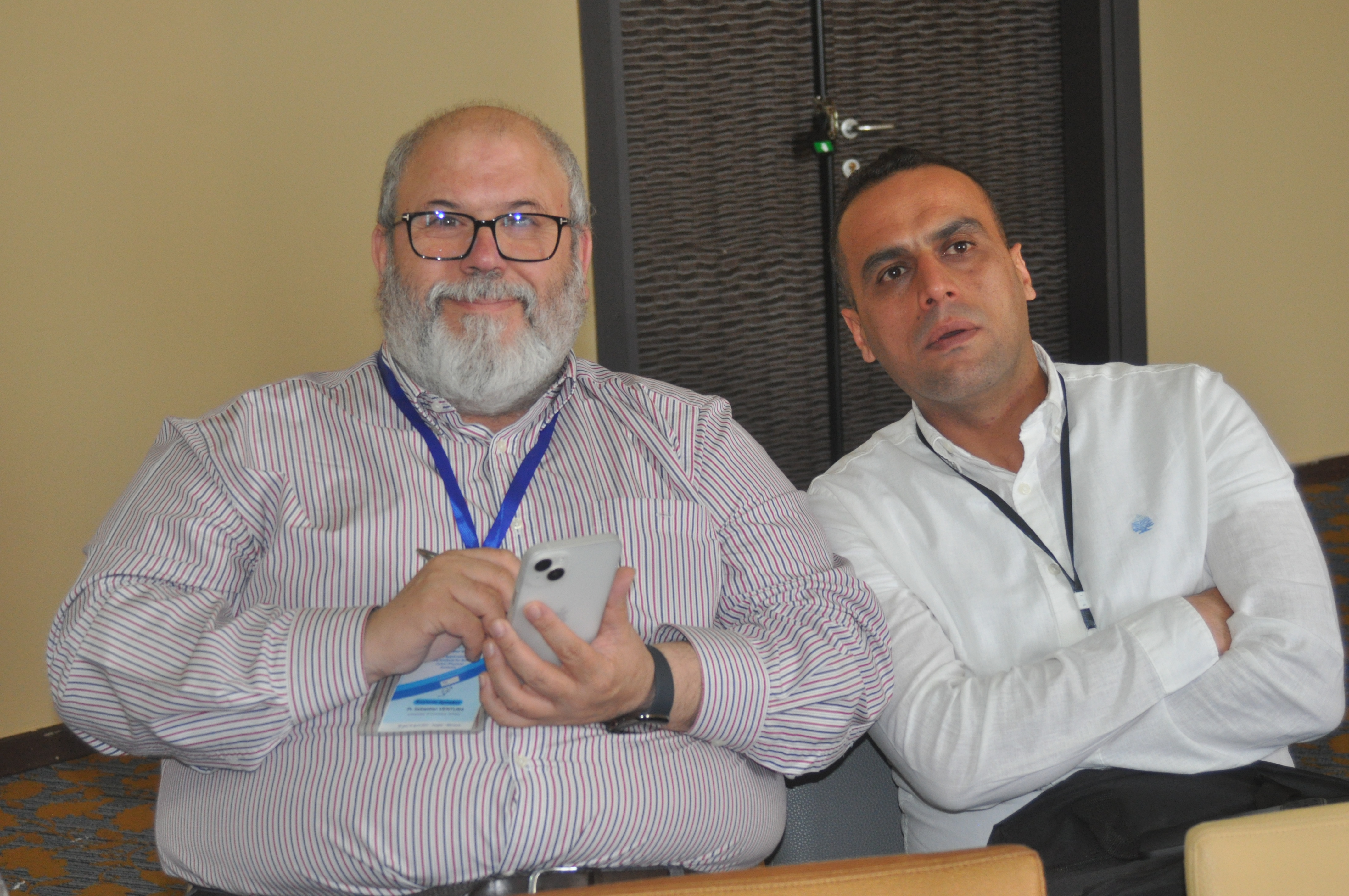

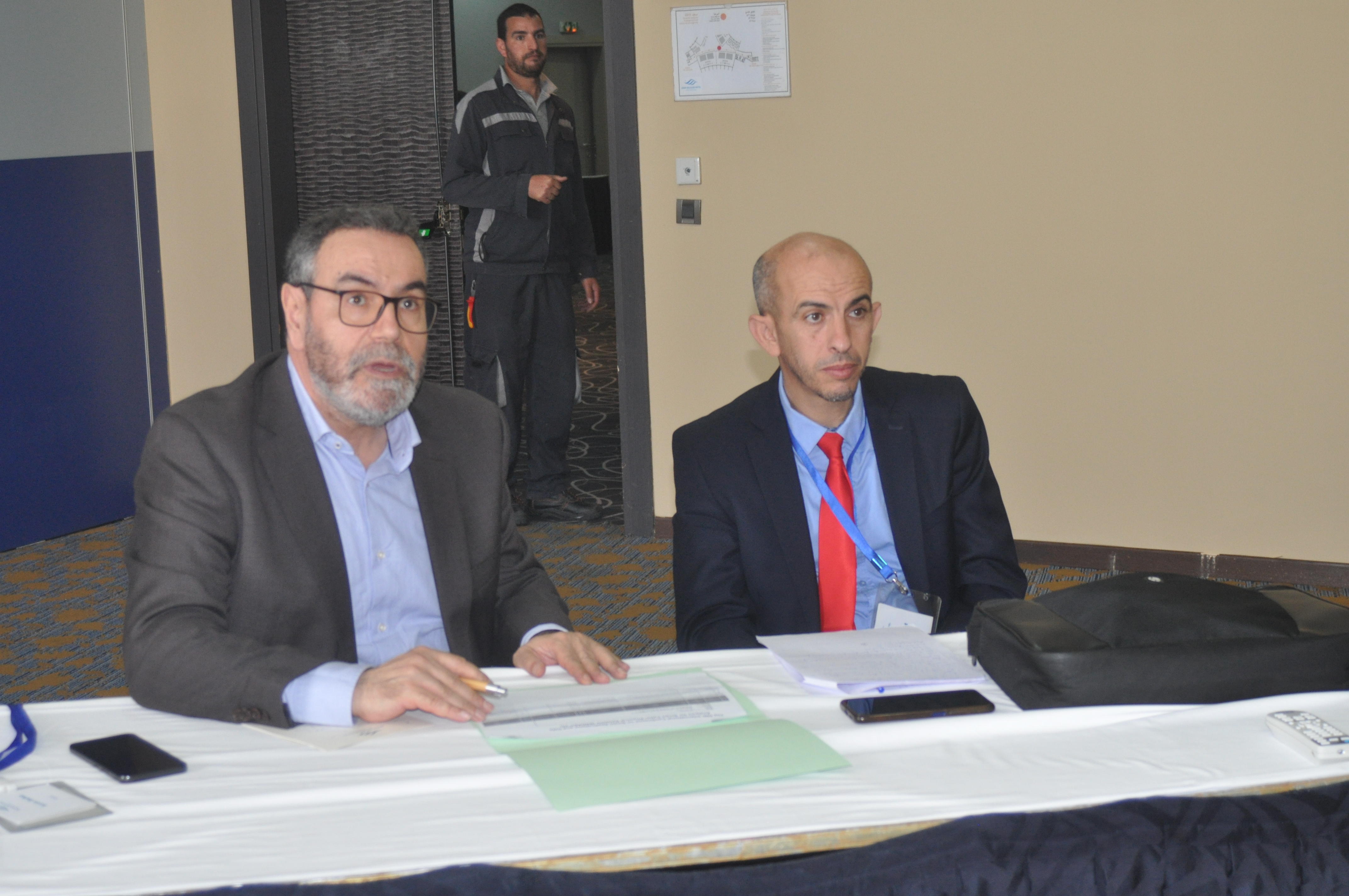
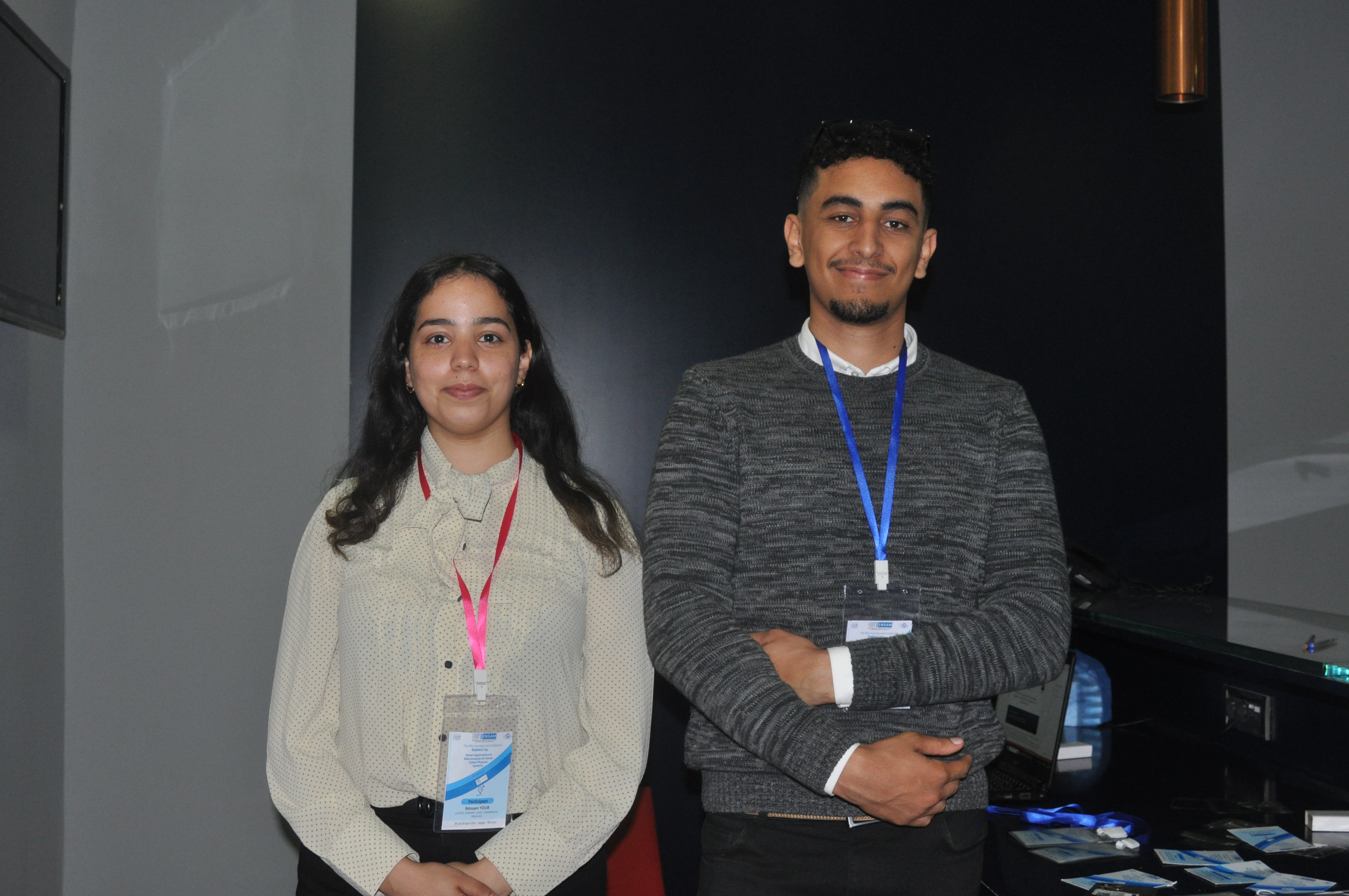
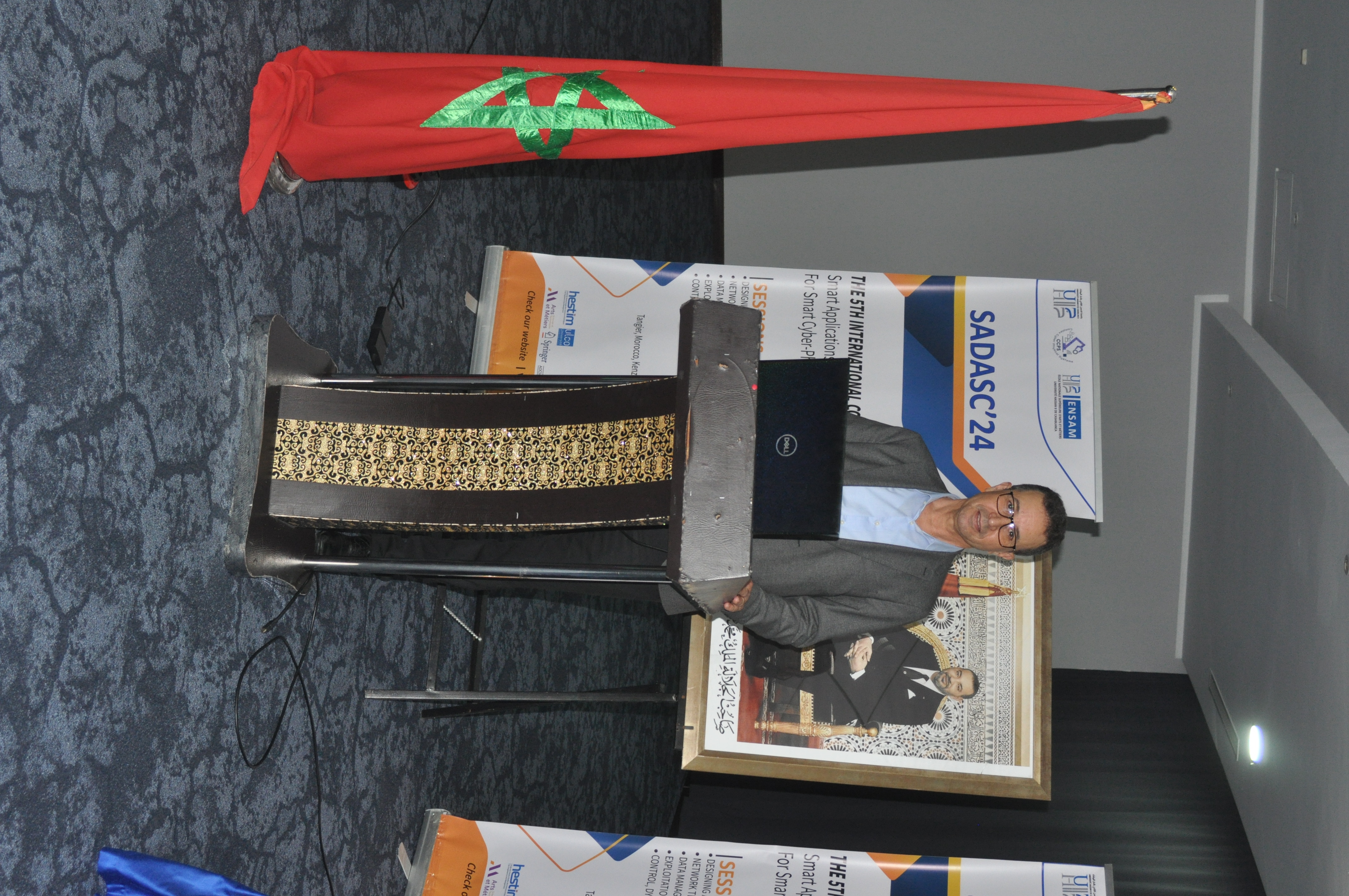
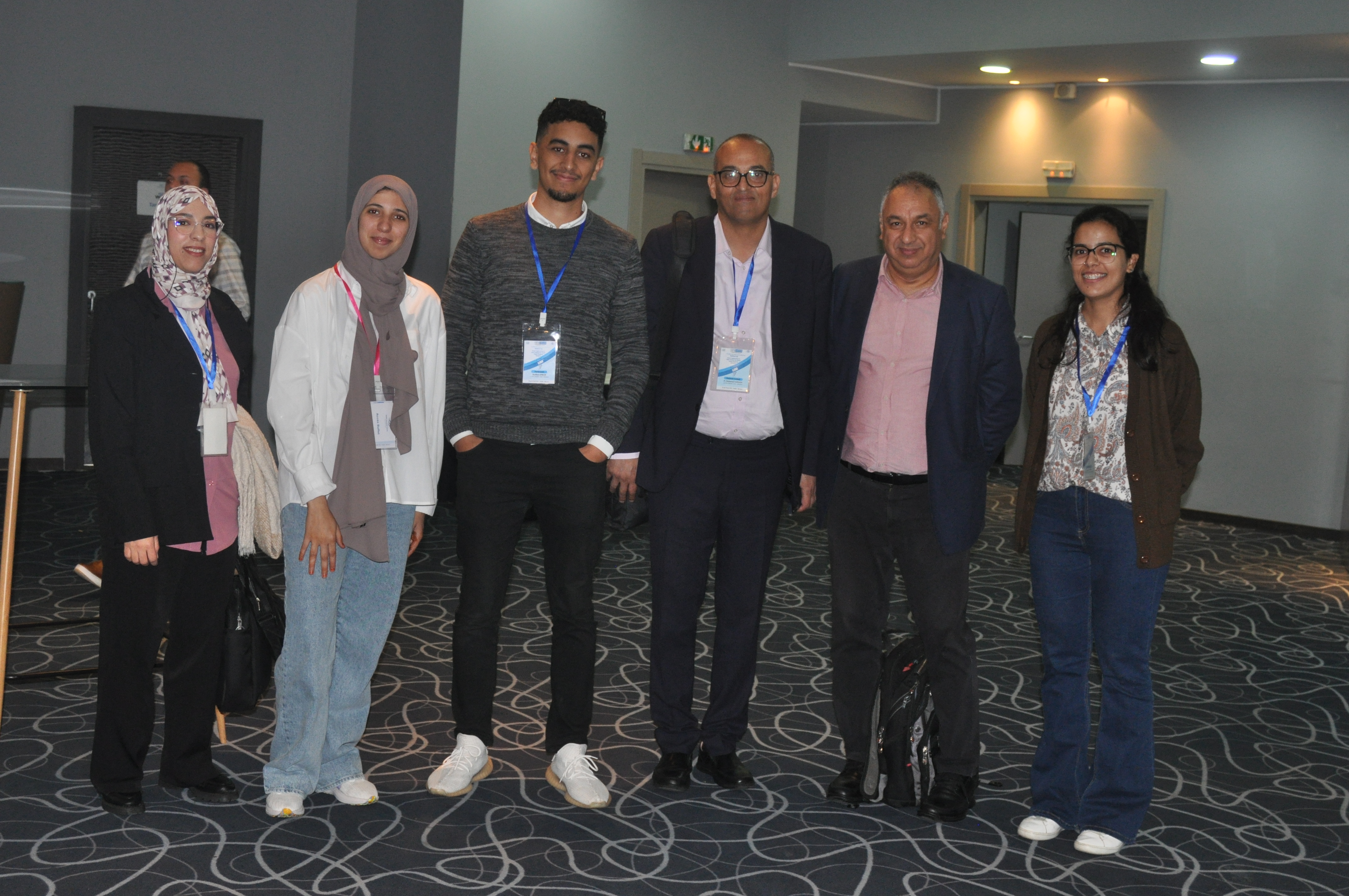
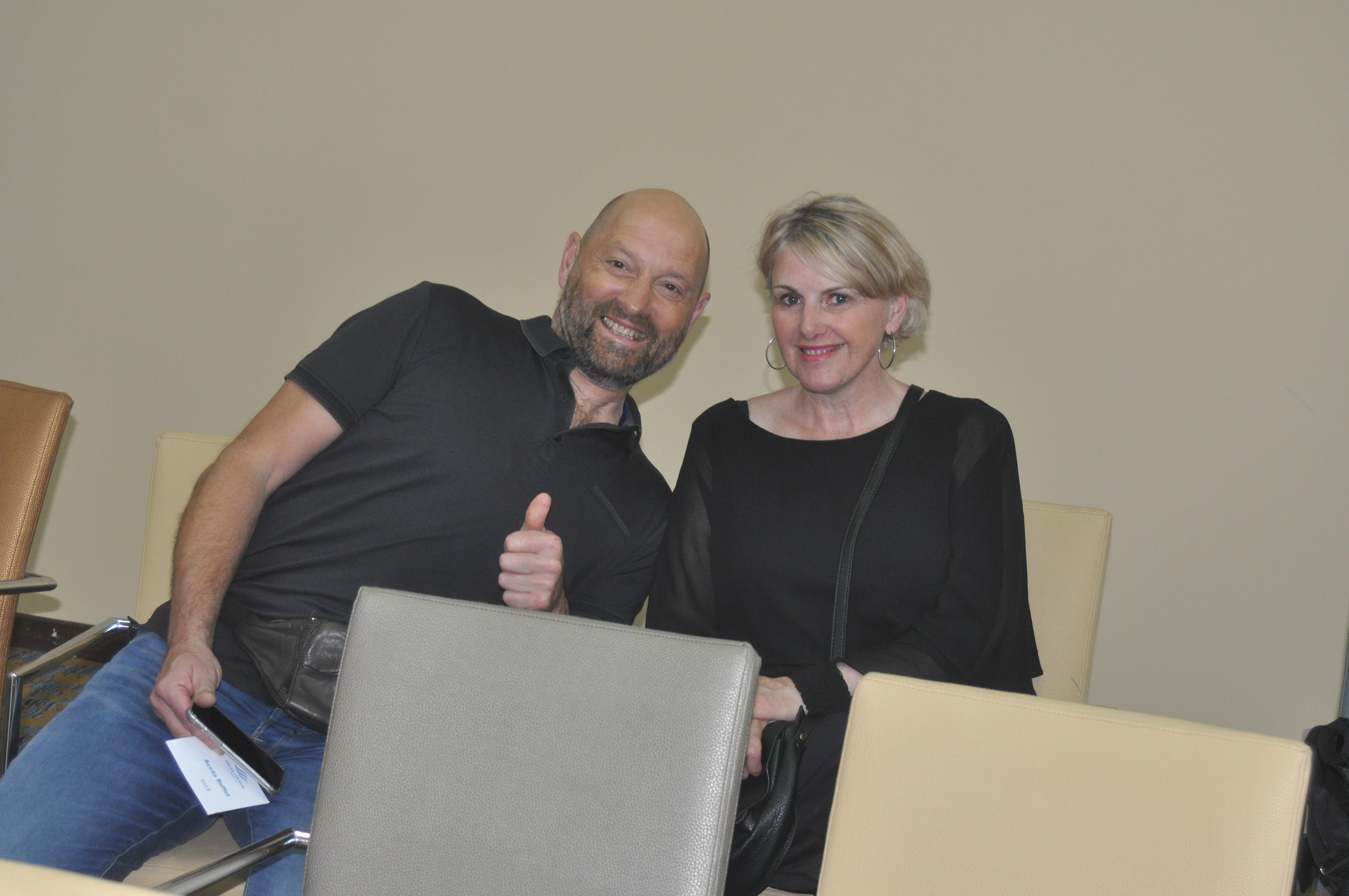

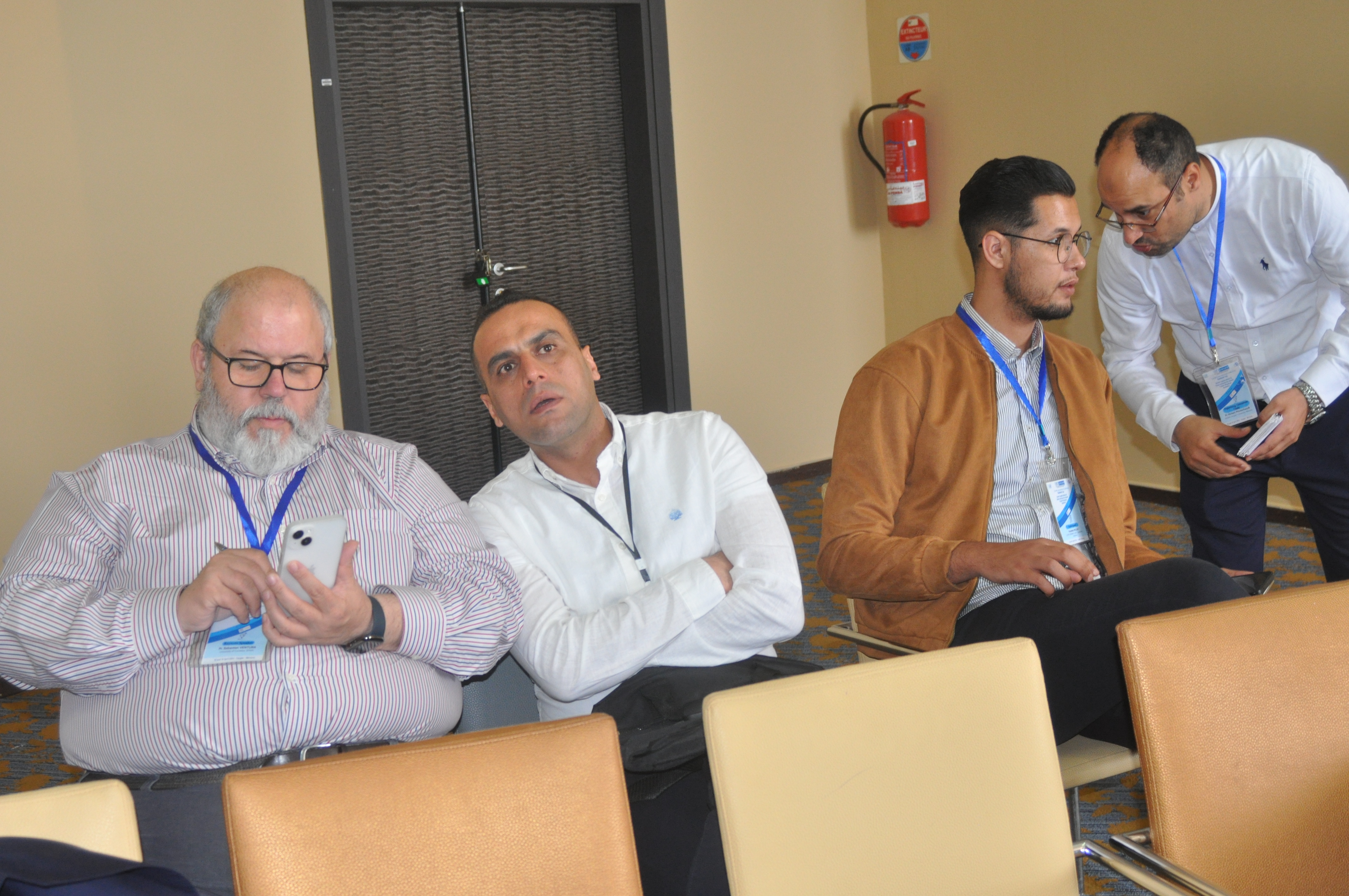
All accepted papers will be published in CCIS, Springer and indexed in Scopus.
 Progress in Artificial Intelligence
Progress in Artificial Intelligence
Prospective authors are invited to submit original research papers; which are NOT submitted or published or under consideration anywhere in other conferences or journals. Topics of interest include, but are not limited to:
Session chairs: Mohamed Bousmah & Zakaria Hamidi Alaoui
Session chairs: N. Rabbah & M. Ouartassi
Session chairs: B. Kissi & H. Khatib
Session chairs: A. Touati & A. El Afia
Session chair: Mohamed Tabaa
Session chairs: Haddou El Ghazi & Mohamed Moutchou
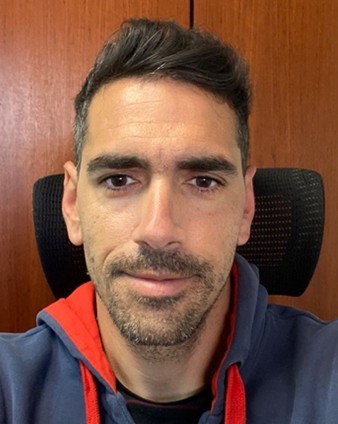
Associate Professor of Computing and Artificial Intelligence, University of Cordoba, Spain
Unlocking insights: Pattern Mining in Time Series.
Abstract: Pattern mining in time series data involves discovering hidden patterns that provide meaningful insights related to trends, relationships, seasonality, anomalies, and more. These patterns transform complex and hardly understandable data into a sequence of labelled events/patterns that comprise the time series and simply subsequent analysis of the data. This daunting process, far more complex than traditional pattern mining techniques on static data, includes the locating of undefined patterns in time series through motif discovery methods. The effective discovery of such undefined patterns is key to providing convincing explanations of the time series behaviour in many different fields, such as industry, health, etc. This talk aims to present works dealing with pattern mining in time series and its utility on a variety of fields.
Biography: José María Luna graduated in Computer Science with honours at the University of Córdoba (Spain) in 2009. He received his PhD with a grade of summa cum laude in Computer Science from the University of Granada in January 2014. Over his career as a researcher, Dr Luna has done multiple research stays at the Eindhoven University of Technology (TU/e) to work on pattern mining. Dr Luna has participated in 8 national/regional projects (Spain) and 1 European project. He has always focused his research studies on pattern mining through Computational Intelligence techniques. Since the beginning of his career, he has published more than 80 indexed papers in Scopus, 45 of them in top ranked journals. Dr Luna is also editor of 3 books in Pattern Mining.
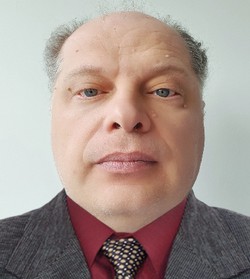
Research Professor at Ikerbasque, Basque Foundation for Science, Bilbao, Spain, and the University of the Basque Country UPV/EHU, San Sebastian, Spain.
Advances in Graph-Based Multi-view Learning and Medical Image Analysis
Abstract: In this talk, I will present two key research topics from my recent work: Graph Neural Networks (GNNs) for semi-supervised and unsupervised learning and advanced deep learning techniques for medical image analysis. Multi-view learning has emerged as a powerful paradigm for enhancing machine learning models by leveraging complementary information from multiple data views, leading to improved performance and robustness. Within this framework, I will discuss several graph-based solutions, including both shallow and deep learning models, designed to tackle key challenges in multi-view learning. In the second part of the talk, I will highlight some recent contributions to medical image analysis, focusing on: 1. A plug-and-play, model-agnostic data augmentation strategy to enhance medical image segmentation. 2. Angular margin-based softmax loss functions for improving classification performance in medical imaging. 3. Deep learning approaches for infection severity assessment in lung X-ray and CT scans.
Biography Fadi Dornaika, an Ikerbasque Research Professor, has a distinguished academic and research career. He earned his Ph.D. from INRIA, France, in 1995, focusing on geometric modeling for vision and robotics. Before joining IKERBASQUE, he held various research positions in Europe, China, and Canada. His expertise spans computer vision, image processing, pattern recognition, and machine learning, with a focus on Multiview Clustering, Structured Semi-Supervised Learning, and Deep Learning for medical image analysis. He ranks in the top 2% of scholars in Stanford University's 2024 ranking (DOI:10.17632/btchxktzyw.7). He has published over 400 papers, including 190 indexed journal articles, in computer vision, pattern recognition, and machine learning. He has supervised many graduate students in computer science and information technology. He has supervised 15 PhD students.

Professor Emeritus Department of Informatics Aristotle University of Thessaloniki, Greece
Cloud, Fog and Mist Computing Collaboration for Efficient Scheduling of Real-Time Applications, Current Status and Research Trends
Abstract: The rapid growth of Internet of Things (IoT) applications has made traditional cloud computing inadequate for handling the massive data volumes generated by IoT sensors and devices. To address this challenge, Fog and Mist computing paradigms have emerged to reduce transmission latency. Fog computing extends cloud capabilities to the network edge, closer to data sources, thereby meeting low-latency demands. Mist computing, a more lightweight version of fog computing, takes this a step further by positioning computational resources even closer to the IoT layer, minimizing latency even more. Given the near real-time nature of most IoT applications and their strict deadline requirements, implementing efficient scheduling algorithms is critical for ensuring timely execution of workloads and optimizing the performance of cloud, fog, and mist computing systems. This keynote talk will present innovative approaches for tackling resource allocation and task scheduling challenges in real-time applications across cloud, fog, and mist computing environments, while also exploring emerging trends and future research directions in the field.
Helen Karatza (senior member of IEEE, ACM, SCS) is a Professor Emeritus in the Department of Informatics at the Aristotle University of Thessaloniki, Greece. Dr. Karatza's research interests include cloud, fog and mist computing, energy efficiency, fault tolerance, resource allocation, scheduling algorithms and real-time distributed systems. Dr. Karatza has authored or co-authored over 260 technical papers and book chapters including seven papers that earned best paper awards at international conferences. She served as an elected member of the Board of Directors at Large of the Society for Modeling and Simulation International. She served as chair and keynote speaker in international conferences. Dr. Karatza is Senior Associate Editor of the Elsevier journal “Simulation Modelling Practice and Theory”, an Editor of “Future Generation Computer Systems” of Elsevier, an Associate Editor of IEEE Transactions on Services Computing and an Editorial Board member of Cluster Computing of Springer. She was Editor-in-Chief of the Elsevier journal “Simulation Modelling Practice and Theory”, Editor-in-Chief of “Simulation Transactions of The Society for Modeling and Simulation International”, Associate Editor of “ACM Transactions on Modeling and Computer Simulation” and Senior Associate Editor of the “Journal of Systems and Software” of Elsevier. She served as Guest Editor of multiple Special Issues in international journals. More info about her activities and publications can be found at: https://karatza.webpages.auth.gr/

Professor in Computer Science at the University of Toulouse and researcher at IRIT (Institut de Recherche en Informatique de Toulouse)
LLM applications and low resource languages
Bio: Josiane Mothe is a Professor in Computer Science at the University of Toulouse and a researcher at IRIT (Institut de Recherche en Informatique de Toulouse). Her expertise includes Information Retrieval, Query Performance Prediction, and data driven artificial intelligence. She has coordinated and participated in multiple interdisciplinary research projects, including the IA4Agri and O3T projects, focusing on integrating AI solutions into domains such as sustainable agriculture and multimodal information processing. Her recent research emphasizes Query Performance Prediction as well as low resource languages in the era of Large Language Models, combining theoretical insights with practical applications in information systems. Josiane collaborates extensively with international partners and private companies of different sectors, and contributes actively to the development of innovative methodologies bridging computer science and other disciplines.

Université du Littoral Côte d'Opale, Dunkerque, France
Abstract : Deep learning is undergoing rapid development thanks to the increasing power of computing resources and the design of new neural network architectures. These architectures are being applied with success across various fields. Data, originating from diverse fields, is abundant, heterogeneous and often unlabeled. Consequently, a plethora of learning algorithms has been devised to cater to different data types. Conventional clustering algorithms have shown their limitations as they are directly applied to raw data, or even with a "shallow" transformation. Unlike classical approaches, deep clustering architectures are specifically adapted to capture the complex structures present in data. This is due to their ability to merge the fundamental concepts of clustering with the capacity of deep neural networks to discover underlying structures and produce efficient class representations. The tutorial presents our contribution to the deep clustering of attributed graphs data based on Graph Convolutional Networks (GCNs). Initially formulated within the semi-supervised context, we have adapted it for unsupervised context. To achieve this, we have devised a novel learning framework that hinges on three complementary loss functions. The first uses node attributes by adapting a kernel k-means loss function. The second uses connectivity information between the nodes in the graph. The third uses graph reconstruction from the network output. Furthermore, unlike most algorithms which assume that the graph is initially given, we propose a new structure by adaptively merging two graphs: the graph associated with the original features of the data and the generated graph associated with the deep representations of the nodes. Experimental results obtained on literature databases show that the proposed learning framework significantly improves clustering performance, compared with state-of-the-art approaches.

Université Toulouse Capitole, France
Abstract : Machine learning (ML) has penetrated all aspects of the modern life, and brought more convenience and satisfaction for variables of interest. However, building such solutions is a time consuming and challenging process that requires highly technical expertise. This certainly engages many more people, not necessarily experts, to perform analytics tasks. While the selection and the parametrization of ML models require tedious episodes of trial and error. Additionally, domain experts often lack the expertise to apply advanced analytics. Consequently, it necessitates frequent consultations with data scientists; nevertheless, such collaborations tend to cost the delays, which can lead to risks such as human-resource bottlenecks. As the complexity of these tasks increases, so does the demand for support solutions. In response, the field of automated ML (AutoML) is a data mining-based formalism that aims to reduce human effort and speedup the development cycle through automation. It can be applied to create pipelines of traditional ML models and ensembles, or to search for neural network architectures (NAS). In this regard, existing approaches include Bayesian optimization, evolutionary algorithms as well as reinforcement learning. These approaches have focused on providing user assistance by automating parts or the entire data analysis process, but without being concerned on its impact on the analysis. The goal has generally been focused on the performance factors, thus leaving aside other important and even crucial aspects such as computational complexity, confidence and transparency. In the talk we will present an overview of the main components of AutoML, the search spaces representing ML models, the search strategies, and the Explainability of automated AI.
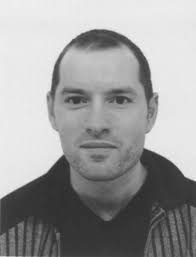
LISIC- IMAP team Université du Littoral Cote d'Opale
Abstract : (kernel) Fisher Discriminant Analysis
Fisher Discriminant Analysis (FDA) and its kernel version, Kernel
FDA, are common supervised learning methods for dimensionality
reduction and class separation. The objective of this tutorial is
to introduce you and expand your knowledge of this technique.
First, I will recall the notions of projection and reconstruction.
Then, I will present the main ingredients of FDA : the betweenclass, the within-class and total scatter matrices. Next, I will
introduce the FDA’s principle and the corresponding optimization
problem to solve it. The dimensionality of the projective subspace
will also be discussed. I will also discuss on the main drawback
of FDA, i.e the possible singularity of the scatter and how to
prevent from it.
FDA is based on the assumption that data are linearly separable.
In a second part, I will present how the « kernel trick » allowed
to generalize LDA to nonlinear data sets. We will see how the FDA
criterion is formulated and solved in this case. Some
computational aspects and memory constraints will be also covered.
Finally, I will end the talk by some simulations on different
datasets.

ESTIA, Bidart, France
Abstract: The utilization of Cyber-Physical Systems (CPS) and Artificial Intelligence (AI) in building energy management increase the energy efficiency and sustainability in our working or living spaces. These technologies have brought advancements in how we monitor, control, and optimize the energy consumption. Cyber-Physical Systems are the core of this transformation, integrating computational, communication, and control components into physical systems, creating interconnected environments. In the context of buildings, CPS allows real-time data collection from sensors distributed throughout the structure and the control of the demand. The data provided by the sensors includes temperature, light, air quality, occupancy, energy consumption and production of the distributed energy sources as PV or small WT. Artificial Intelligence plays an important role in analyzing the available data to optimize energy management. Machine learning algorithms are employed to forecast energy demand, identify potential wastage, and suggest real-time adjustments to save energy. Some of the benefits of the integration of Cyber-Physical Systems and Artificial Intelligence in building energy management are the improvement of the occupants’ comfort, the reduction of the energy costs and carbon footprint, the promotion of the sustainability.
| Honorary Cochairs | Program Cochairs | General Cochair |
|---|---|---|
| Housseine Azeddoug
President of Hassan II university Abdelmajid BadriDirector of ENSAM Casablanca |
Sebastián Ventura
University of Cordoba, Cordoba, Spain Ladjel BellatrecheNational Engineering School for Mechanics and Aerotechnics (ENSMA), Poitiers, France. Carlos OrdonezUniversity of Houston, Houston, Texas, USA. |
Mohamed Hamlich
ENSAM, Hassan II University, Morocco. |
| Local Organizing Committee | |
|---|---|
| Juniors | Seniors |
|
Marouane Chriss
ENSAM, UH2C, Casablanca Kawtar El AzaarENSAM, UH2C, Casablanca Ibtissam YoubENSAM, UH2C, Casablanca Rim EssalmaniENSAM, UH2C, Casablanca Ammar NafirENSAM, UH2C, Casablanca Ayman HarkatiENSAM, UH2C, Casablanca Soufiane AmeurENSAM, UH2C, Casablanca |
Mohamed Hamlich
ENSAM, UH2C, Casablanca Abdellah AzmaniFST Tangier, Abdelmalek Essaadi University, Tangier Nabila RabbahENSAM, UH2C, Casablanca Hicham MoutachaouikENSAM, UH2C, Casablanca Mohamed MoutchouENSAM, Casablanca Mohamed RamdaniFST, UH2C, Mohammedia Aziz El AfiaENSAM, UH2C, Casablanca Abdelwahed TouatiENSAM, UH2C, Casablanca Haddou El GhaziENSAM, UH2C, Casablanca
Benaissa Kissi
ENSAM, UH2C, Casablanca Chafik GuemmimiENSAM, UH2C, Casablanca Hamza KhatibENSAM, UH2C, Casablanca Mostafa BaghoriENSAM, UH2C, Casablanca Youssef BabaENSAM, UH2C, Casablanca Said BounouareENSAM, UH2C, Casablanca Alami EssaadaouiENSAM, UH2C, Casablanca Bajil El OuartassiENSAM, UH2C, Casablanca Zakaria Hamidi AlaouiFSJES Ain Sebaâ, UH2C, Casablanca |



